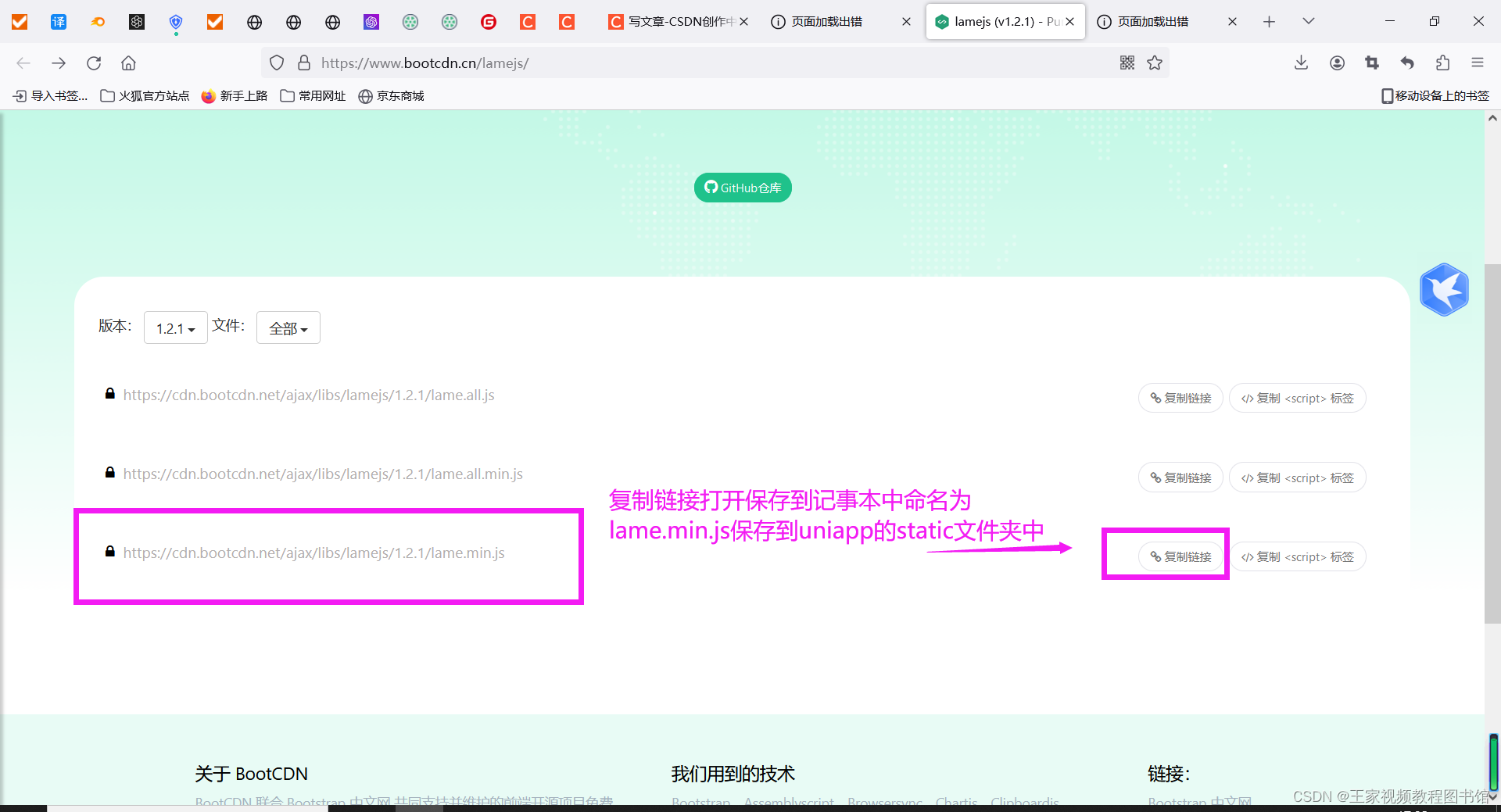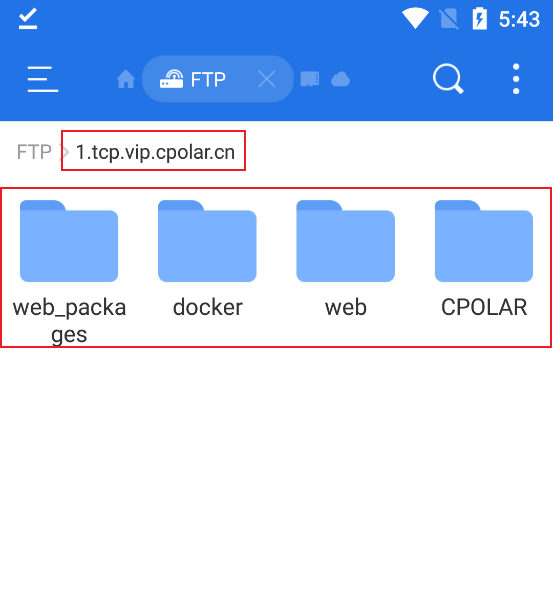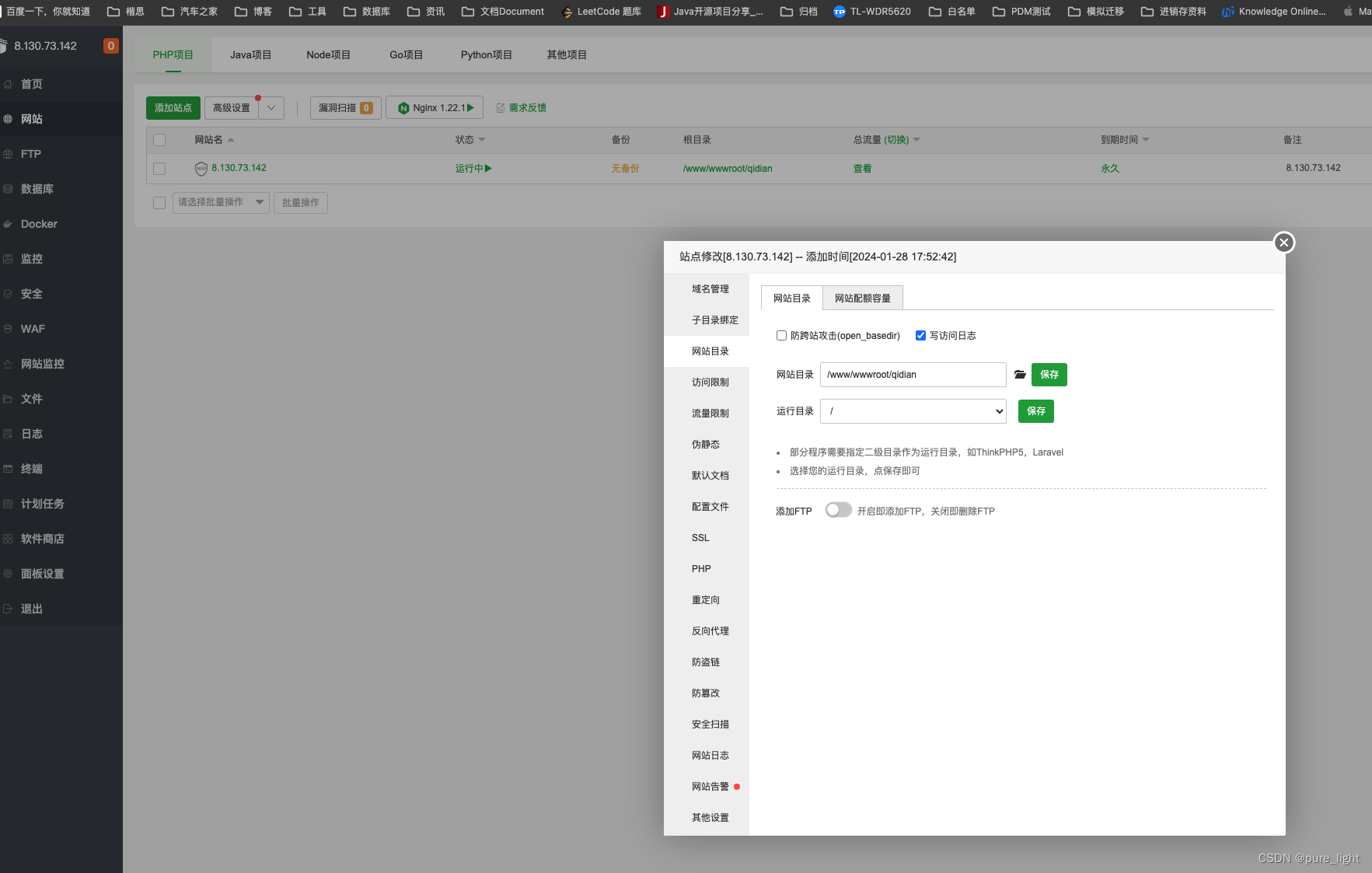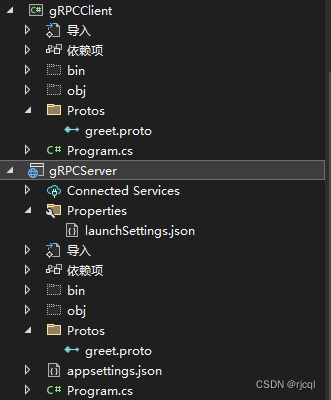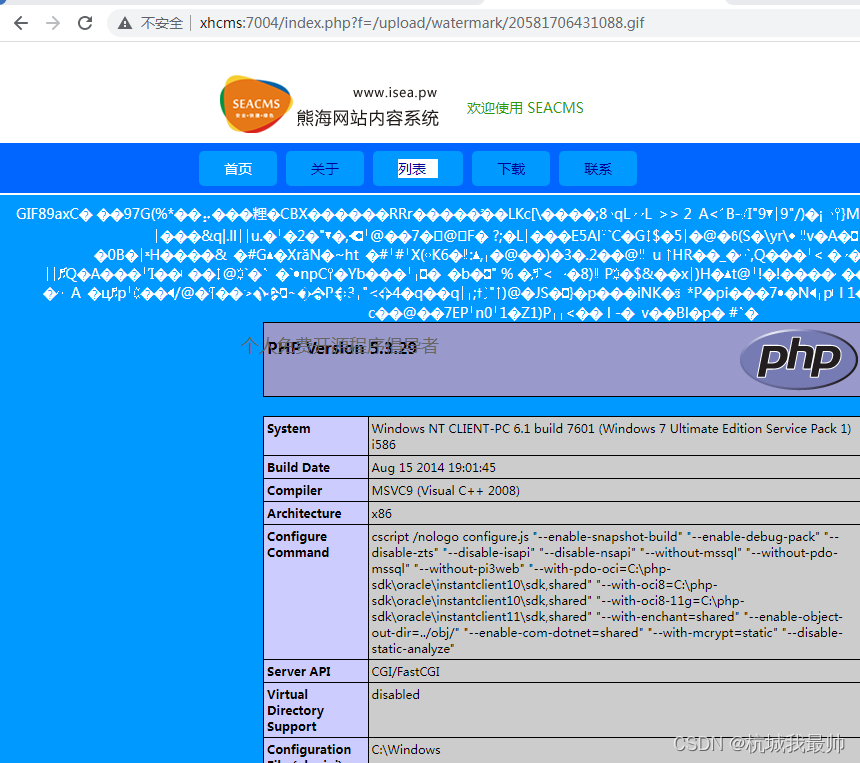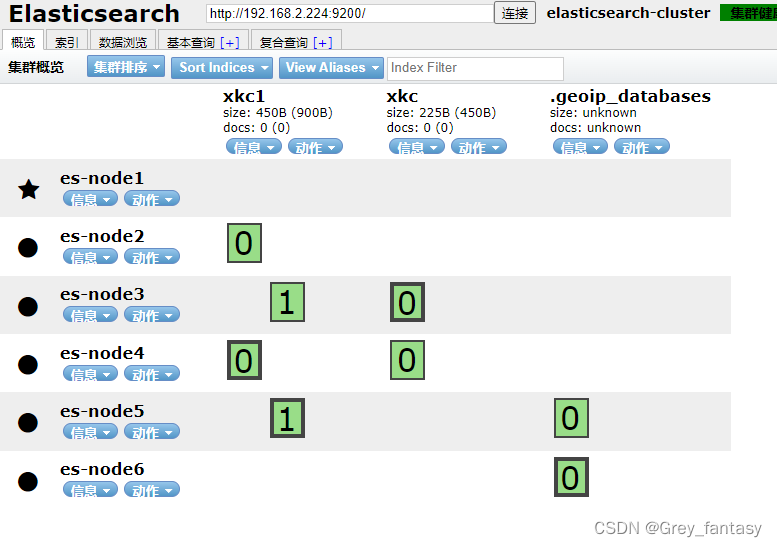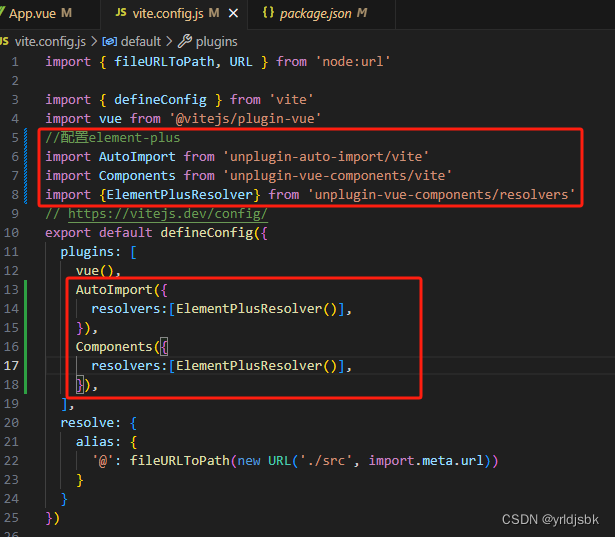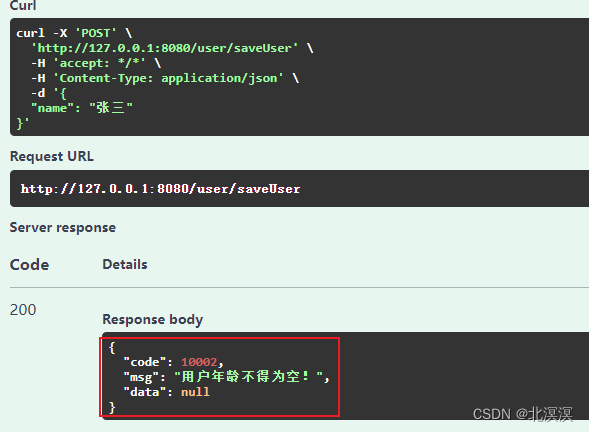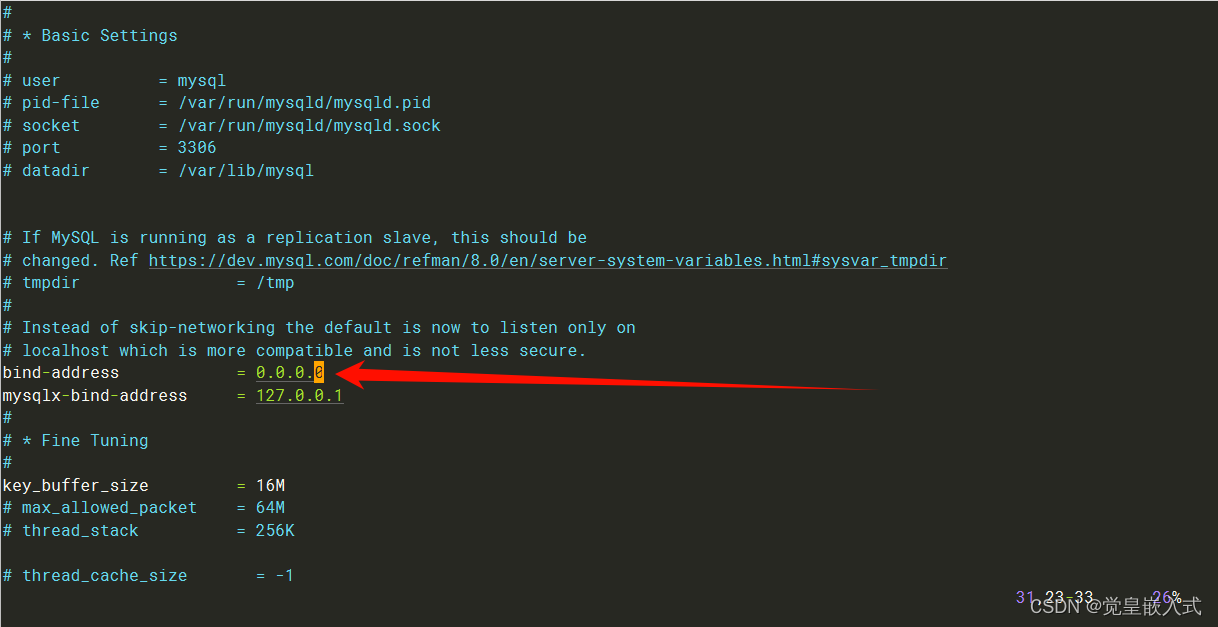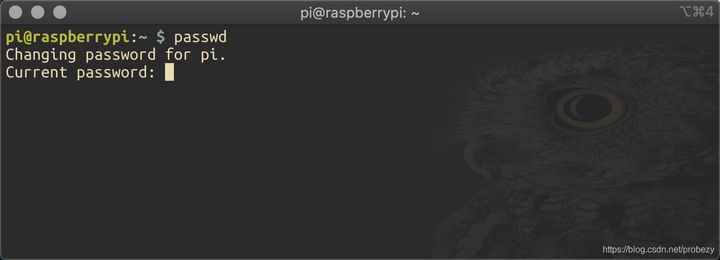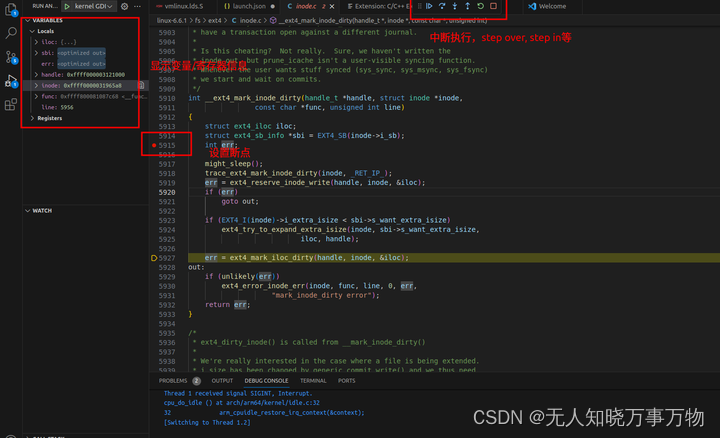视频教程地址:
【uniapp录音上传组件,将录音上传到django服务器】 https://www.bilibili.com/video/BV1wi4y1p7FL/?share_source=copy_web&vd_source=e66c0e33402a09ca7ae1f0ed3d5ecf7c
-
uniapp 录制音频文件上传到django服务器保存到服务器 ,要求uniapp显示录制进度波形图 请提供完整代码
-
以下是一个示例代码,演示了如何在uniapp中录制音频文件并将其上传到Django服务器,并在uniapp中显示录制进度波形图。
在uniapp的页面中,你可以使用uni-voice组件来录制音频,并使用uni-upload组件来上传文件。在Django服务器端,你可以使用Django的文件上传功能来保存音频文件。
uniapp页面代码(index.vue):
<template><view class="container"><view class="waveform" :style="{ width: waveformWidth + 'px' }"></view><view class="controls"><button @tap="startRecording" :disabled="isRecording">开始录制</button><button @tap="stopRecording" :disabled="!isRecording">停止录制</button><button @tap="uploadFile" :disabled="!recordedFile">上传文件</button></view></view>
</template><script>
export default {data() {return {isRecording: false,recordedFile: null,waveformWidth: 0,audioContext: null,audioRecorder: null,audioChunks: [],};},mounted() {this.audioContext = new (window.AudioContext || window.webkitAudioContext)();},methods: {startRecording() {this.isRecording = true;this.audioChunks = [];navigator.mediaDevices.getUserMedia({ audio: true }).then((stream) => {this.audioRecorder = new MediaRecorder(stream);this.audioRecorder.addEventListener('dataavailable', (event) => {this.audioChunks.push(event.data);this.drawWaveform();});this.audioRecorder.start();}).catch((error) => {console.error('Error accessing microphone:', error);});},stopRecording() {this.isRecording = false;this.audioRecorder.stop();this.audioRecorder.stream.getTracks().forEach((track) => track.stop());this.audioRecorder = null;this.recordedFile = new File(this.audioChunks, 'recorded_audio.wav', { type: 'audio/wav' });},drawWaveform() {const waveformElement = this.$refs.waveform;const canvas = waveformElement.getContext('2d');const width = waveformElement.width;const height = waveformElement.height;const data = new Uint8Array(this.audioChunks.reduce((acc, chunk) => acc + chunk.byteLength, 0));let offset = 0;this.audioChunks.forEach((chunk) => {const reader = new FileReader();reader.onload = () => {const array = new Uint8Array(reader.result);data.set(array, offset);offset += array.length;canvas.clearRect(0, 0, width, height);canvas.fillStyle = '#000000';for (let i = 0; i < width; i++) {const value = data[Math.floor(i * (data.length / width))];const barHeight = (value / 255) * height;canvas.fillRect(i, height - barHeight, 1, barHeight);}};reader.readAsArrayBuffer(chunk);});},uploadFile() {const formData = new FormData();formData.append('audio', this.recordedFile);uni.uploadFile({url: 'http://your-django-server/upload/',filePath: this.recordedFile.path,name: 'audio',formData: formData,success: (res) => {console.log('File uploaded:', res);},fail: (error) => {console.error('Error uploading file:', error);},});},},
};
</script><style>
.container {display: flex;flex-direction: column;align-items: center;justify-content: center;height: 100vh;
}.waveform {width: 300px;height: 100px;background-color: #f0f0f0;
}.controls {display: flex;justify-content: center;margin-top: 20px;
}button {margin: 0 10px;
}
</style>
在Django服务器端,你需要设置一个视图函数来处理文件上传请求,并将音频文件保存到服务器上的某个目录中。以下是一个简单的示例代码:
-
from django.http import JsonResponsedef upload_file(request):if request.method == 'POST' and request.FILES.get('audio'):audio_file = request.FILES['audio']with open('path/to/save/audio.wav', 'wb') as f:for chunk in audio_file.chunks():f.write(chunk)return JsonResponse({'success': True})return JsonResponse({'success': False, 'message': 'Invalid request'})请将上述代码保存为一个Django视图函数,并将其添加到你的Django项目的URL配置中。
注意:上述代码仅为示例,你可能需要根据你的具体需求进行适当的修改和调整。
-
要保存文mp3文件
-
如果你想保存音频文件为MP3格式,你可以使用
lamejs库来将录制的音频文件转换为MP3格式。以下是修改后的示例代码:uniapp页面代码(index.vue):
<template><view class="container"><view class="waveform" :style="{ width: waveformWidth + 'px' }"></view><view class="controls"><button @tap="startRecording" :disabled="isRecording">开始录制</button><button @tap="stopRecording" :disabled="!isRecording">停止录制</button><button @tap="convertToMp3" :disabled="!recordedFile">转换为MP3</button><button @tap="uploadFile" :disabled="!mp3File">上传文件</button></view></view>
</template><script>
import lamejs from 'lamejs';export default {data() {return {isRecording: false,recordedFile: null,mp3File: null,waveformWidth: 0,audioContext: null,audioRecorder: null,audioChunks: [],};},mounted() {this.audioContext = new (window.AudioContext || window.webkitAudioContext)();},methods: {startRecording() {this.isRecording = true;this.audioChunks = [];navigator.mediaDevices.getUserMedia({ audio: true }).then((stream) => {this.audioRecorder = new MediaRecorder(stream);this.audioRecorder.addEventListener('dataavailable', (event) => {this.audioChunks.push(event.data);this.drawWaveform();});this.audioRecorder.start();}).catch((error) => {console.error('Error accessing microphone:', error);});},stopRecording() {this.isRecording = false;this.audioRecorder.stop();this.audioRecorder.stream.getTracks().forEach((track) => track.stop());this.audioRecorder = null;this.recordedFile = new File(this.audioChunks, 'recorded_audio.wav', { type: 'audio/wav' });},drawWaveform() {const waveformElement = this.$refs.waveform;const canvas = waveformElement.getContext('2d');const width = waveformElement.width;const height = waveformElement.height;const data = new Uint8Array(this.audioChunks.reduce((acc, chunk) => acc + chunk.byteLength, 0));let offset = 0;this.audioChunks.forEach((chunk) => {const reader = new FileReader();reader.onload = () => {const array = new Uint8Array(reader.result);data.set(array, offset);offset += array.length;canvas.clearRect(0, 0, width, height);canvas.fillStyle = '#000000';for (let i = 0; i < width; i++) {const value = data[Math.floor(i * (data.length / width))];const barHeight = (value / 255) * height;canvas.fillRect(i, height - barHeight, 1, barHeight);}};reader.readAsArrayBuffer(chunk);});},convertToMp3() {const wavData = new Uint8Array(this.audioChunks.reduce((acc, chunk) => acc + chunk.byteLength, 0));let offset = 0;this.audioChunks.forEach((chunk) => {const array = new Uint8Array(chunk);wavData.set(array, offset);offset += array.length;});const wavFile = new Blob([wavData], { type: 'audio/wav' });const mp3Encoder = new lamejs.Mp3Encoder(1, this.audioContext.sampleRate, 128);const samples = new Int16Array(wavData.buffer);const mp3Data = [];let remaining = samples.length;let index = 0;while (remaining >= 0) {const bufferSize = Math.min(remaining, 1152);const buffer = samples.subarray(index, index + bufferSize);const mp3Buffer = mp3Encoder.encodeBuffer(buffer);mp3Data.push(mp3Buffer);remaining -= bufferSize;index += bufferSize;}const mp3Buffer = mp3Encoder.flush();mp3Data.push(mp3Buffer);const mp3DataBlob = new Blob(mp3Data, { type: 'audio/mp3' });this.mp3File = new File([mp3DataBlob], 'recorded_audio.mp3', { type: 'audio/mp3' });},uploadFile() {const formData = new FormData();formData.append('audio', this.mp3File);uni.uploadFile({url: 'http://your-django-server/upload/',filePath: this.mp3File.path,name: 'audio',formData: formData,success: (res) => {console.log('File uploaded:', res);},fail: (error) => {console.error('Error uploading file:', error);},});},},
};
</script><style>
.container {display: flex;flex-direction: column;align-items: center;justify-content: center;height: 100vh;
}.waveform {width: 300px;height: 100px;background-color: #f0f0f0;
}.controls {display: flex;justify-content: center;margin-top: 20px;
}button {margin: 0 10px;
}
</style>
请确保在uniapp项目中安装了lamejs库,可以使用以下命令进行安装:
npm install lamejs
在Django服务器端,你需要修改视图函数来处理MP3文件的上传和保存。以下是一个简单的示例代码:
-
from django.http import JsonResponsedef upload_file(request):if request.method == 'POST' and request.FILES.get('audio'):audio_file = request.FILES['audio']with open('path/to/save/audio.mp3', 'wb') as f:for chunk in audio_file.chunks():f.write(chunk)return JsonResponse({'success': True})return JsonResponse({'success': False, 'message': 'Invalid request'})请将上述代码保存为一个Django视图函数,并将其添加到你的Django项目的URL配置中。
注意:上述代码仅为示例,你可能需要根据你的具体需求进行适当的修改和调整。
-
npm install lamejs 下载不下来
-
如果你无法通过
npm install lamejs命令下载lamejs库,可能是由于网络问题或库的可用性问题。你可以尝试以下解决方案:-
使用淘宝镜像:在命令行中执行以下命令,将npm的镜像源切换为淘宝镜像,然后再次尝试安装:
-
-
npm config set registry https://registry.npm.taobao.org -
使用cnpm:cnpm是淘宝镜像提供的npm镜像的命令行工具,可以尝试使用cnpm来安装:
-
-
npm install -g cnpm --registry=https://registry.npm.taobao.org cnpm install lamejs -
手动下载:如果以上方法仍然无法下载,你可以尝试手动下载
lamejs库的压缩包。你可以在https://www.npmjs.com/package/lamejs上找到lamejs的页面,然后下载最新版本的压缩包。下载完成后,解压缩并将其中的文件复制到你的uniapp项目中的合适位置。
请注意,以上解决方案仅供参考,具体的操作可能因个人环境和网络条件而有所不同。如果问题仍然存在,请尝试在其他网络环境下进行安装,或者考虑使用其他类似的库来处理音频文件的转换。
-
-
npm ERR! code CERT_HAS_EXPIRED npm ERR! errno CERT_HAS_EXPIRED npm ERR! request to https://registry.npm.taobao.org/cnpm failed, reason: certificate has expirednpm ERR! A complete log of this run can be found in: npm ERR! C:\Users\Administrator\AppData\Local\npm-cache\_logs\2024-01-25T09_21_52_636Z-debug-0.log
-
这个错误提示表明你的npm证书已过期,导致无法从https://registry.npm.taobao.org下载lamejs库。你可以尝试以下解决方案:
-
更新npm:运行以下命令来更新npm到最新版本:
-
-
npm install -g npm -
清除npm缓存:运行以下命令来清除npm缓存:
-
npm cache clean --force -
使用其他镜像源:尝试使用其他npm镜像源来安装lamejs。你可以尝试使用npm的官方镜像源或其他可靠的镜像源。运行以下命令来切换镜像源:
-
npm config set registry https://registry.npmjs.org/ -
使用代理:如果你在使用代理服务器,请确保npm配置了正确的代理设置。你可以通过运行以下命令来配置代理:
-
-
npm config set proxy http://your-proxy-server:port npm config set https-proxy http://your-proxy-server:port
如果以上解决方案仍然无法解决问题,可能是由于网络或其他环境问题导致的。你可以尝试在其他网络环境下进行安装,或者考虑使用其他类似的库来处理音频文件的转换。
-
这里笔者使用手动下载的方式
要手动下载lamejs到UniApp项目中,可以按照以下步骤进行操作:
-
打开lamejs的GitHub页面:https://github.com/zhuker/lamejs
-
在页面上找到并点击绿色的 “Code” 按钮,然后选择 “Download ZIP” 下载lamejs的源代码压缩包。
-
解压下载的ZIP文件,得到一个名为 “lamejs-master” 的文件夹。
-
打开你的UniApp项目,在项目的根目录下找到 “static” 文件夹(如果没有则手动创建一个)。
-
将解压得到的 “lamejs-master” 文件夹复制到 “static” 文件夹中。
-
在你的UniApp项目中,找到需要使用lamejs的页面或组件。
-
在需要使用lamejs的页面或组件中,使用相对路径引入lamejs的相关文件。例如,如果你在页面的script标签中引入lamejs,可以使用以下代码:
-
import lamejs from '@/static/lamejs-master/lame.min.js';- 现在你可以在页面或组件中使用lamejs的功能了。
请注意,以上步骤假设你已经安装了UniApp开发环境,并且已经创建了一个UniApp项目。如果你的项目结构有所不同,你需要根据实际情况进行相应的调整。
lamejs (v1.2.1) - Pure JavaScript MP3 Encoder | BootCDN - Bootstrap 中文网开源项目免费 CDN 加速服务